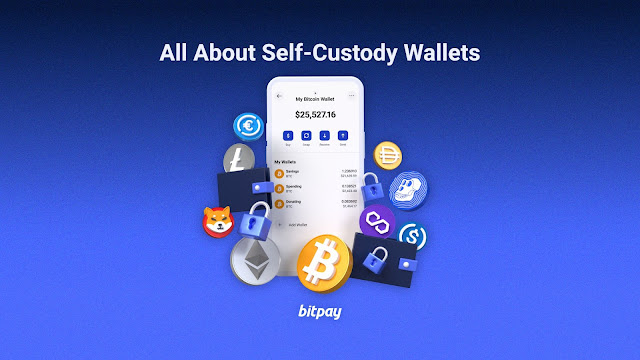Five Easy Steps to Self-custody Your Bitcoin
Self-custody (the practice of holding your own Bitcoin) is one of the best things you can do to protect your money—not only does it give you complete control over your BTC but it also allows you to transact the way you want to.
Here are five simple steps you can take to start practicing self-custody:
1. Do your research
As Bitcoiners, we don’t trust—we verify. Before you dive head-first into self-custody, be sure to read up about it to understand what it means and why it’s so important.
To give you a recap, all Bitcoin wallets can be categorized into two groups:
- Custodial wallets – A third party (e.g. not you) holds your private keys.
- Non-custodial wallets – You hold your own keys and are the only person who can access the funds.
While custodial wallets are great if you’ve just started, the main advantage of using a non-custodial wallet is that you have more control over how you transact, which ensures a higher level of security for your money. Many non-custodial wallets also allow you to transact offline—letting you manage your money wherever you want and at any time—whereas most custodial wallets need to be connected to the Internet.
2. Look through your options
Your first self-custody option is a hot wallet, which is downloadable software or an application for your smartphone or computer that’s always connected to the Internet. The main advantage of using a hot wallet is that they’re cheap (if not free) and highly accessible. Here are some of our top picks for hot wallets:
- Muun
- Blue Wallet
- Breez
- Zap
- Tippin.me
- Bitcoin Lightning Wallet (Android only)
- Eclair Mobile (Android only)
If you decide to go with an option outside of this list, it’s important to remember that not all hot wallets are non-custodial, so be sure to read more about the specific wallet’s features and check if they let you keep your private keys.
Your second, and more secure, option would be a hardware wallet, which is a physical device that looks like a flash drive commonly with a small LED screen and buttons to navigate through the user interface. Here are some of our top picks for hardware wallets:
- SeedSigner
- Ledger Nano X
- Trezor Model T
- Ledger Nano S
- BitBox02
- KeepKey
For a breakdown of hardware wallets you can use, check out this article from Paxful University.
Both types of wallets will tailor to different kinds of people. If you’ve just started using Bitcoin, a hot wallet would be fine since they’re more accessible. However, for those holding a larger amount of Bitcoin or are looking to hold it for a longer time, the extra security that comes with hardware wallets is a small price to pay. Ultimately, you need to choose what best suits your needs and your budget.
3. Transfer your Bitcoin
Now that you have your own non-custodial wallet, it’s time to transfer all the Bitcoin you aren’t using—what you plan to HODL.
Read more information: aim mail
If you went with a hot wallet, transferring your Bitcoin should be as simple as getting the wallet address or QR code of your new wallet and pasting or scanning it on your Paxful Wallet.
If you went with a hardware wallet, each device will have a different method of sending and receiving, so be sure to read up on the processes behind them. If you plan on going with the Ledger Nano S, a popular option on the market, we also have an in-depth guide that can help you out.
4. Enable extra security measures
All set with your new wallet? Now, it’s time to add extra layers of protection. For hot wallets, it could be as simple as adding two-factor authentication (2FA) for all transactions. For hardware wallets, you could do things like backup your entire wallet on a different drive or keep your seed phrase in a secure location.
5. Enjoy all the benefits of self-custody
Ready for complete control over your money? Good, because now, only you have complete control of your wallet—you’re now free from third parties and can spend your Bitcoin however you like, when you like. Welcome to financial freedom.












No comments: